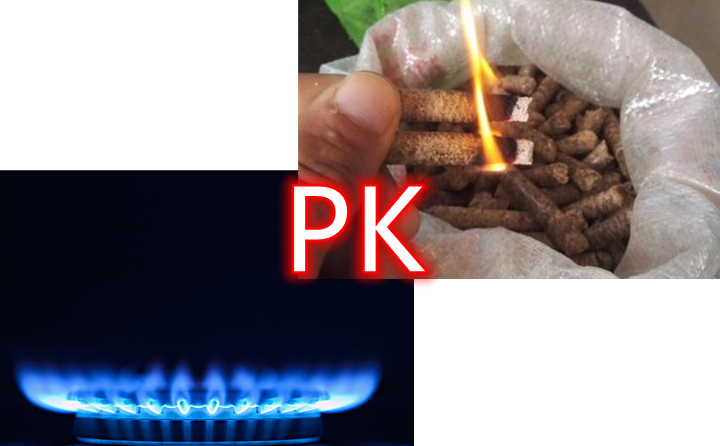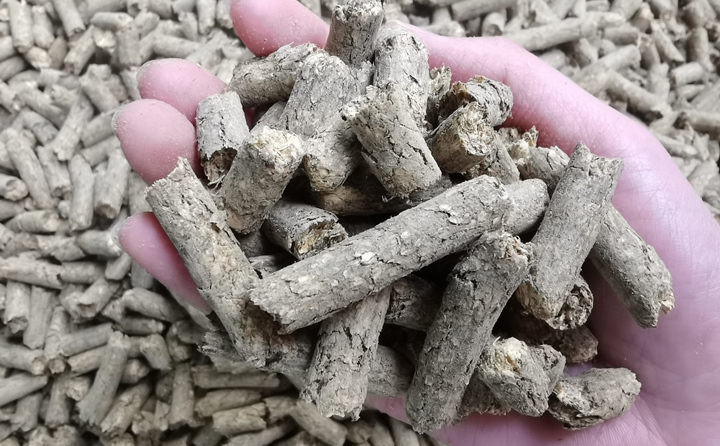As the current wood pellet pelletizer market continues to grow, there is no doubt that biomass pellet manufacturers have now become a way for many investors to replace natural gas to make money. So what is the difference between natural gas and pellets? Now we comprehensively analyze and compare the differences between the two in terms of combustion value, economic value, and reproducibility.
First of all, the burning value of natural gas is 9000 calories, and the burning value of pellets is 4200 (different pellets have different burning values, the burning value of crop straw is about 3800, and the burning value of wood pellets is about 4300, we take the middle number).
Natural gas is 3.6 yuan per cubic meter, and the combustion cost of a ton of pellets is about 900 yuan (calculated at 1200 yuan per ton of pellets).
Let’s assume that a one-ton boiler requires 600,000 calories of heat to burn for one hour, so the natural gas and particles that need to be burned are 66 cubic meters and 140 kilograms, respectively.
According to the previous calculations: the cost of natural gas is 238 yuan, and the cost of pellets is 126 yuan. The result is obvious.
As a new type of pellet fuel, the biomass pellets of the wood pelletizer have won wide recognition for their unique advantages.
Compared with traditional fuels, it not only has economic advantages but also environmental protection benefits, which meets the requirements of sustainable development. The formed pellet fuel has a large specific gravity, a small volume, a combustion resistance, and is convenient for storage and transportation. The volume after molding is 1/30-40 of the volume of the raw material, and the specific gravity is 10-15 times that of the raw material (density: 1-1.3). The calorific value can reach 3400~5000 kcal. It is a solid fuel with high volatile phenol.
Second, natural gas, like many fossil fuels, is a non-renewable resource. It’s gone when it’s used up. Sawdust granulator pellets are processed products of straw and trees. Crop straw and trees, and even bark, palm pomace, etc. can be processed into pellets. Straw and trees are renewable resources, so in layman terms, where are straws And sawdust, where there are particles.
Furthermore, we mentioned that pellets are processed products of straw. Basically, the crop straws in the field can be used as raw materials for production. This is far superior to the air pollution caused by farmers burning their own straws.
According to survey data, the amount of carbon dioxide released by the combustion of particles is equivalent to the amount of carbon dioxide released by plants during photosynthesis, which is almost negligible. It can’t talk about pollution to the atmosphere. In addition, the sulfur content in the particles is negligible and less than 0.2%. Investors do not need to install desulfurization devices, which not only reduces costs, but also helps protect the atmosphere! The impact of burning natural gas on air will be known without me enumerating in detail.
The ash left over after the pellets of the wood pelletizer are burned can also be used and returned to the field will become a good fertilizer for crops.
Post time: Aug-31-2021






